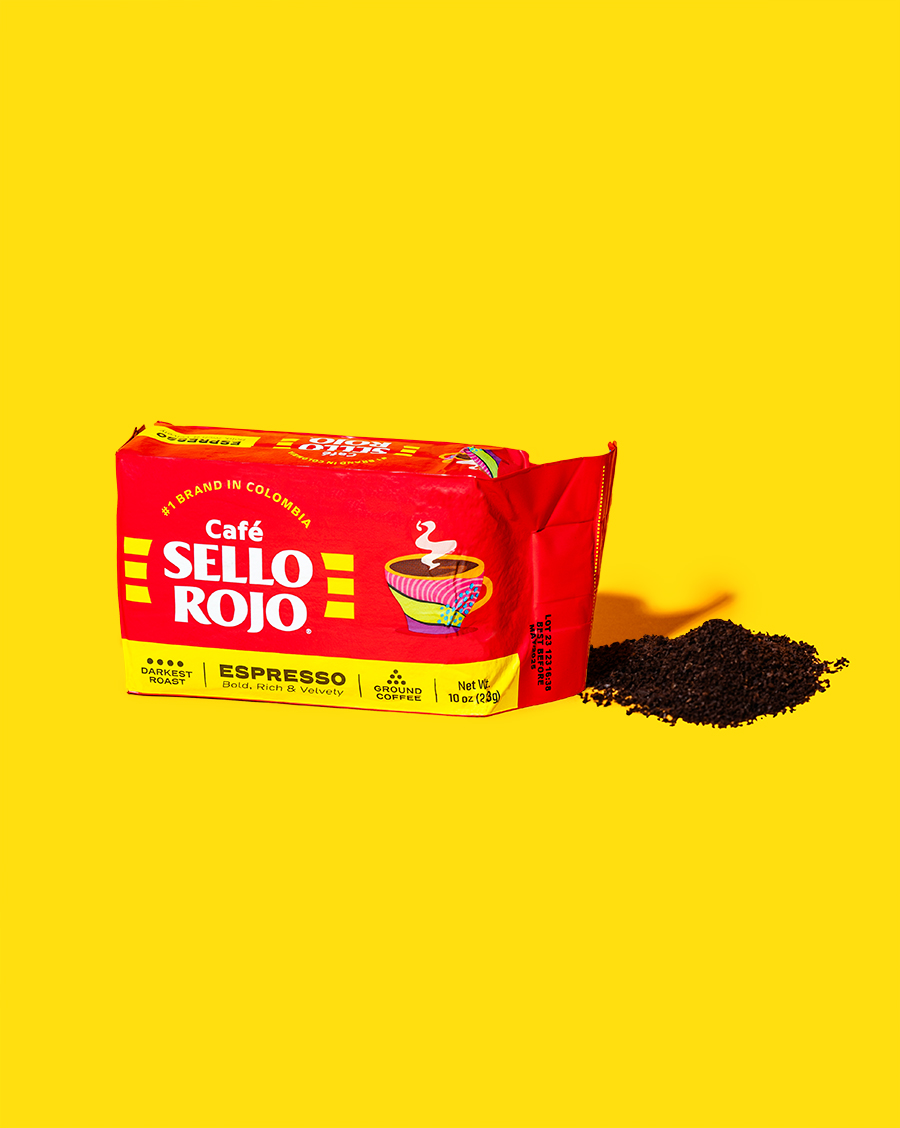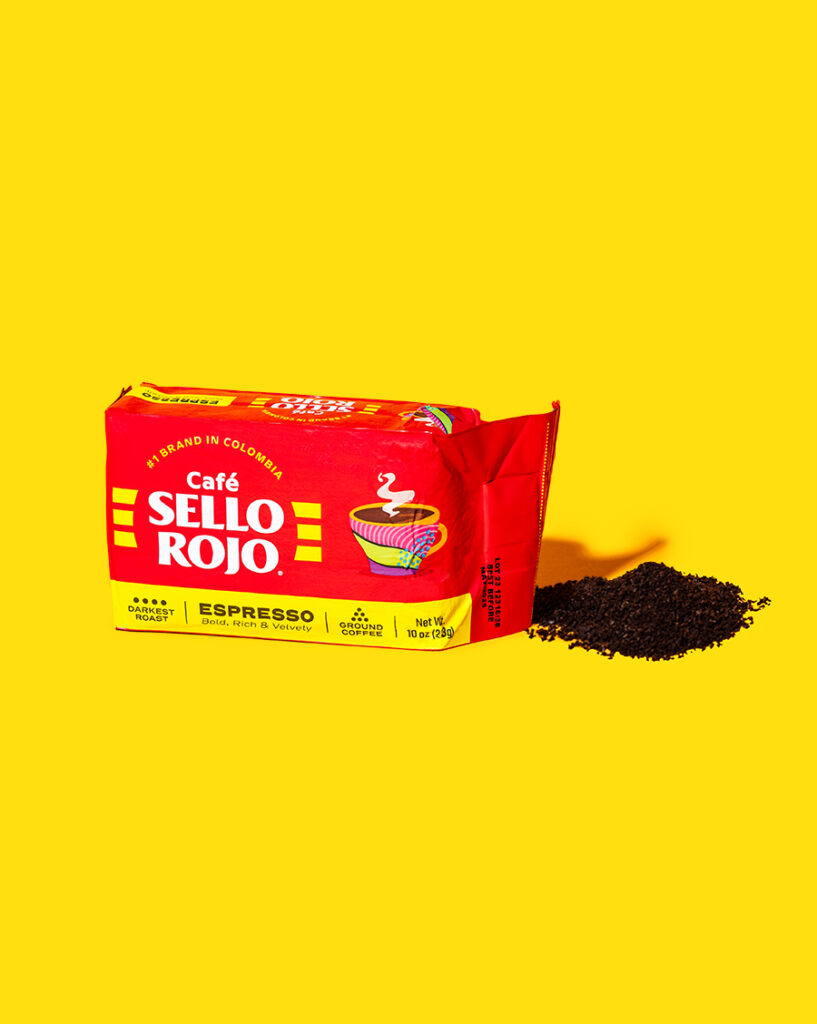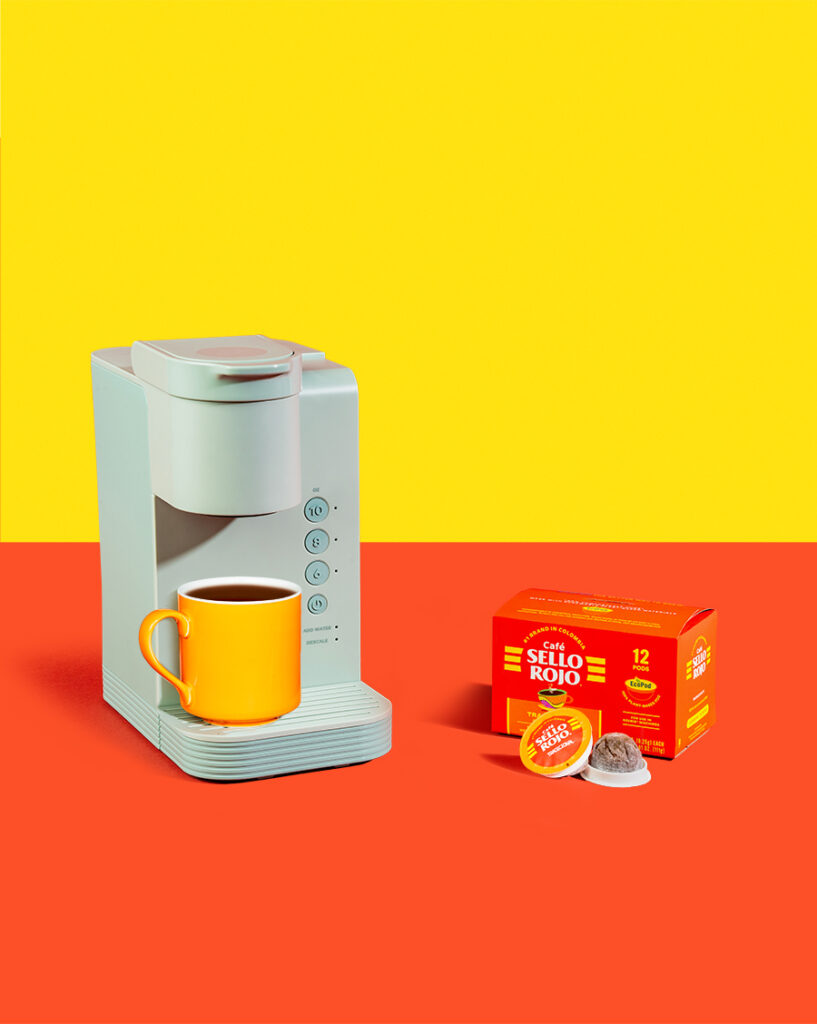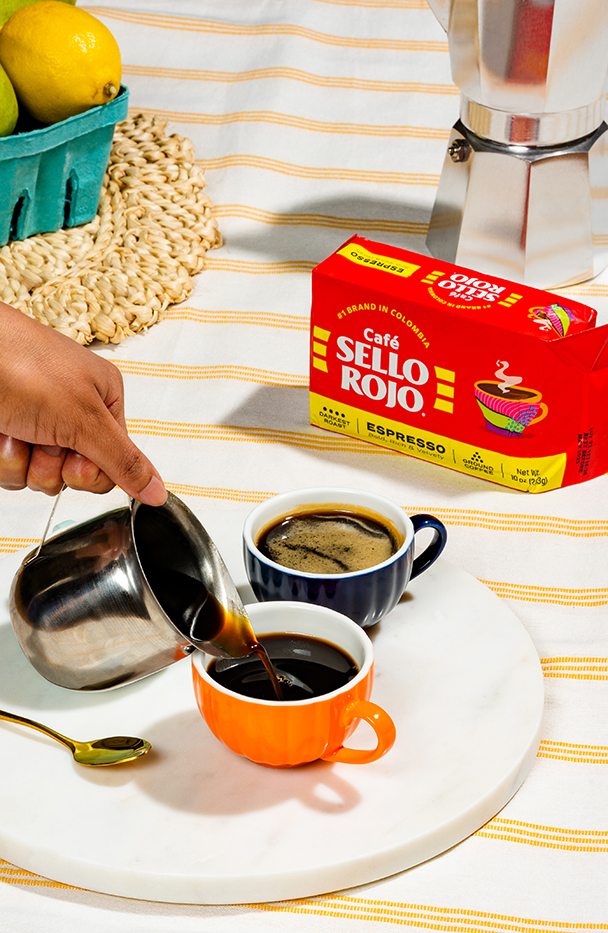
Coffee
The Perks of Packaging
PACKAGING
Discover the difference in Sello Rojo’s approach
Ever wondered why espresso is packaged in the classic brick, or how to enjoy K-cups without all the single use plastics? For Sello Rojo, being bold is holistic and goes far beyond the brewing process. While packaging is usually secondary (or tertiary) compared to coffee bean selection, growing conditions, roasting methods, etc. the right package goes a long way. Read more below, and look out for future posts on how to recycle and reuse your coffee bags best!
Classic Brick
Preserving Perfection: Unlocking Freshness with Vacuum-Sealed Coffee Bricks
Coffee was first vacuum-packaged in the early 20th century, to preserve freshness and maintain flavor. In the global boom of coffee drinking, more and more producers experimented with coffee chemistry and soon realized that oxygen exposure led to oxidation, which decreased flavor and quality. Our classic brick is built with the same principles. Not only does vacuuming coffee protect flavor, it protects from other environmental factors, and the brick shape is oh so convenient for shipping, shelving, and delivery to your pantry. Pop open an espresso brick and inhale the bold, bright aromas; the freshness is waiting for you!

EcoPods
Sustainable Sips: Eco-Friendly EcoPods Redefining Coffee Consumption
EcoPods are made with plant-based materials like corn, beets, and wood, and are certified for Industrial Composting, which means they will break down into organic matter. While the caps are made with plastic, the pods themselves are 100% plant-based and dramatically reduce the amount of waste typically generated by k-cups.
While our EcoPods are not certified for home composting yet, all the materials in our pods are made with renewable, plant-based materials, and they will break down into organic matter in home composting if proper composting methods are used. This may take longer than in an industrial composting facility because there is generally less heat in home composting. Results tend to vary, but check out the EPA’s guidelines on home composting for more details.

